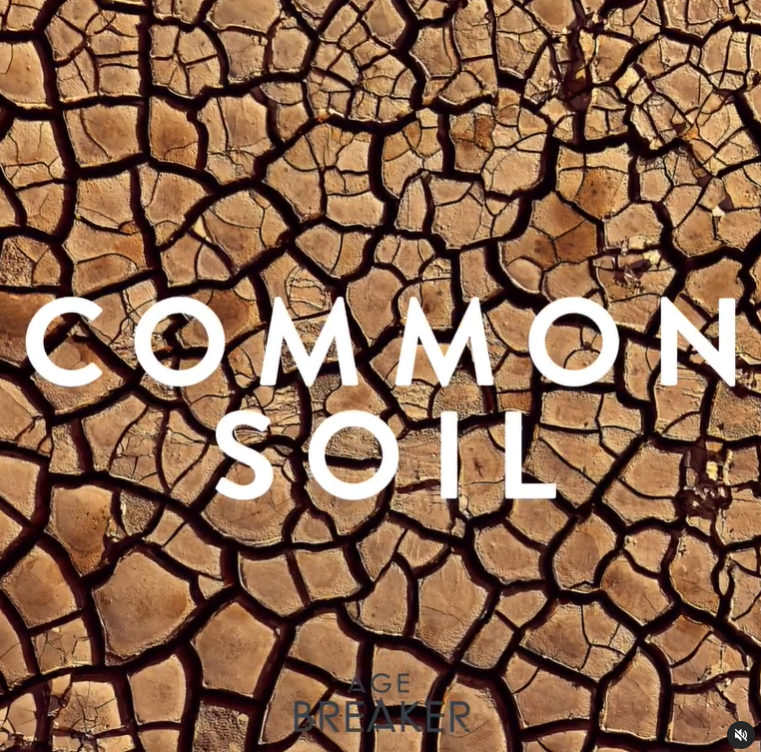AGEs, advanced glycation products, would participate, in the same way as genetics and behavior, in the common soil of age-related diseases.
It was by observing that certain complications of diabetes, such as atherosclerosis, sometimes preceded the development of diabetes itself, that from the 1990s, authors suggested that certain pathologies had common genetic and behavior antecedents: a “common soil”.
Although the discovery of glycation dates back to the 1910s (Maillard reaction describing the binding of sugars to proteins), it was not until the 1990s that medical research became interested in glycation. There were many obstacles: endogenous glycation (linked to sugar consumption) or exogenous (absorption of already glycated products), heterogeneity of AGEs and consecutive difficulties in measuring them, role of AGEs receptors, etc.
Recent and ongoing discoveries suggest that AGEs, whether of endogenous or exogenous origin, are major contributors to this “common soil” described above (1).
With glycation, this common soil could no longer be limited to metabolic and cardiovascular diseases but also extend to neurodegenerative diseases and certain cancers.
© AGE Breaker 01 2023
✅ [AGE BREAKER, patented nutritional supplements, based on rosmarinic acid, recognized by aging specialists around the world for their properties to reverse the effects of glycation.]
✅ [Glycation is one of the major causes of aging. Resulting from the fixation of sugars on the proteins constituting the organism, glycation generates toxic compounds that cause cellular aging. Glycation is particularly involved in metabolic disorders, skin aging and cognitive decline.]
More on www.agebreaker.com
#agebreaker #glycation
1: Henry H. Ruiz et Al. Advanced Glycation End Products: Building on the Concept of the “Common Soil” in Metabolic Disease. Endocrinology. 2020 Jan; 161(1): bqz006.
Published online 2019 Oct 22. doi: 10.1210/endocr/bqz006









